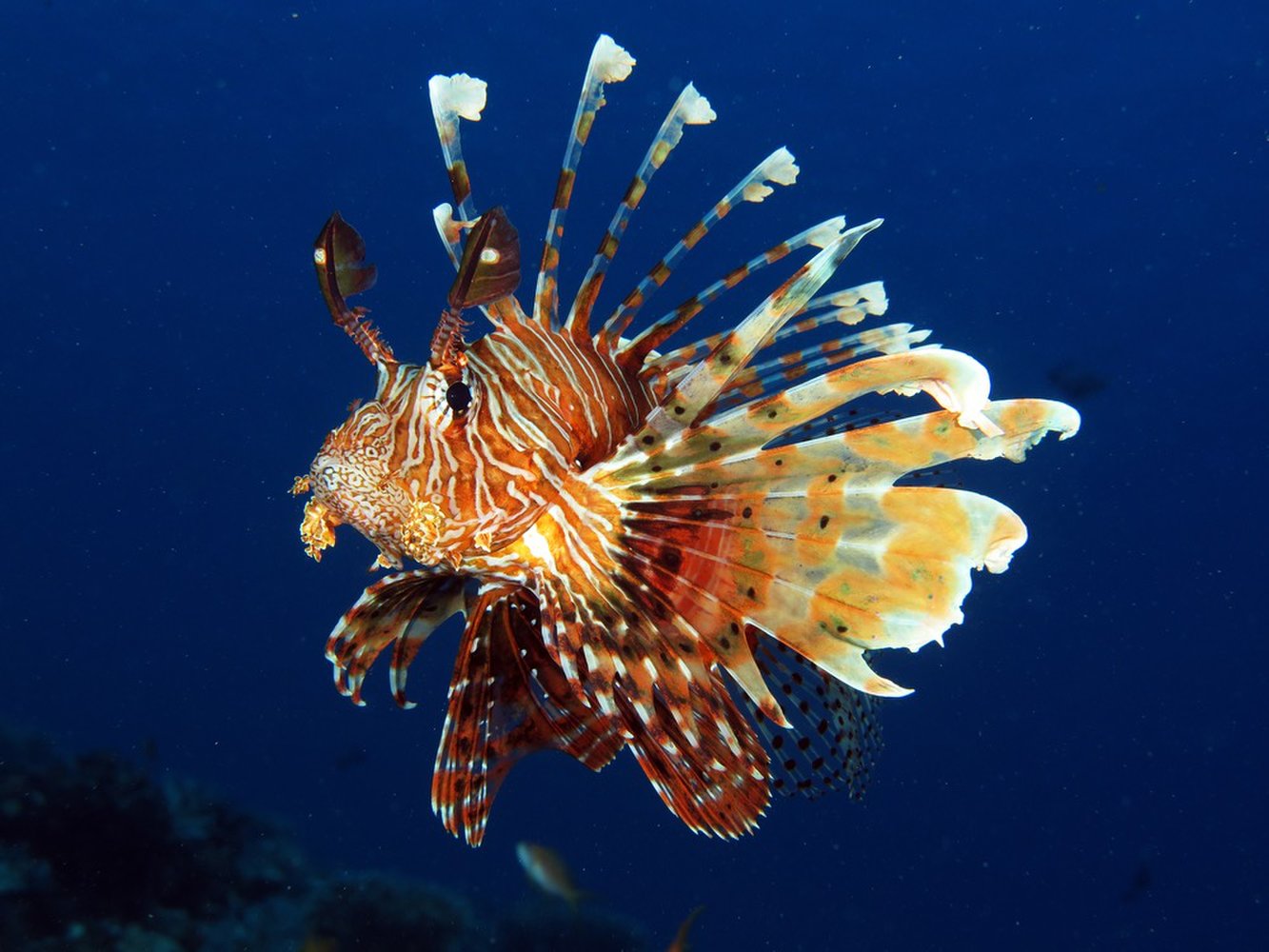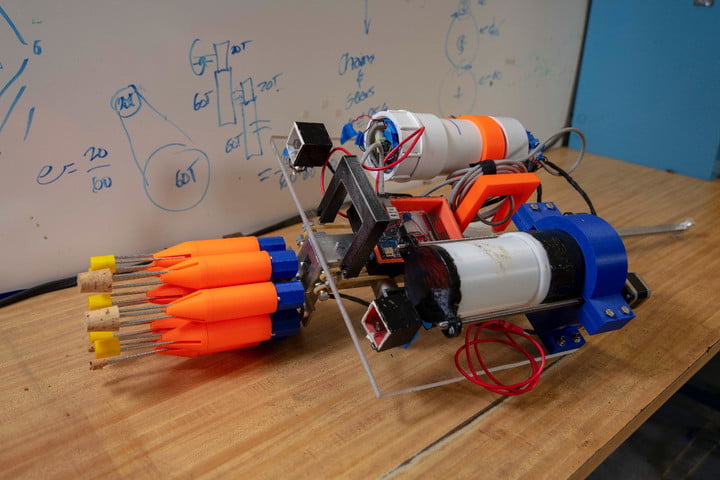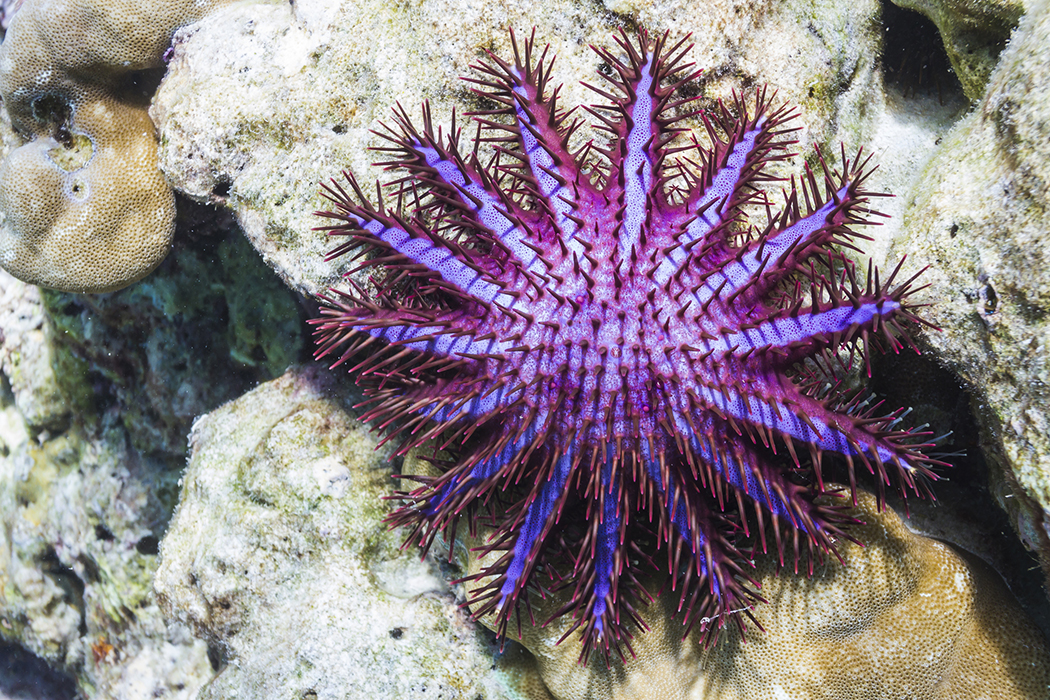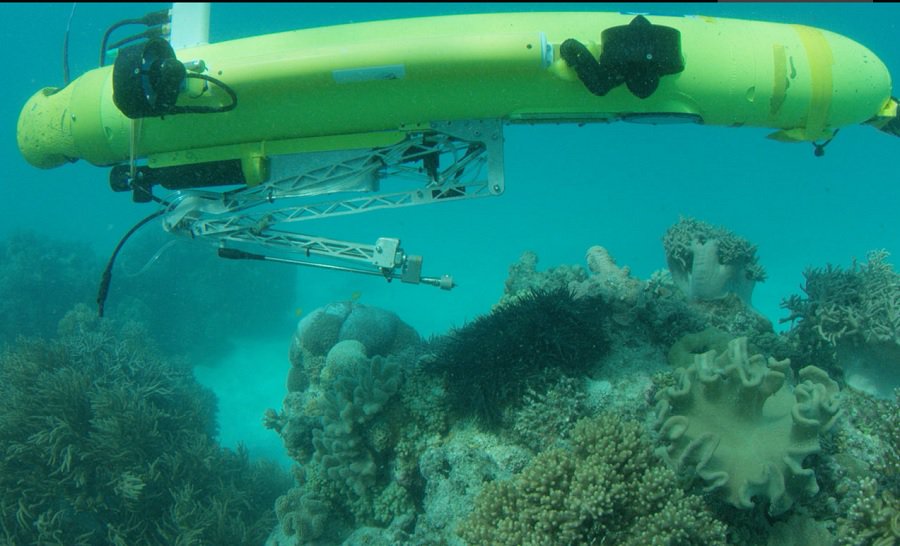This is my fourth post concerning the increasing use of artificial intelligence (AI), and drone technology in activities that used to require human beings to accomplish (see posts of 2Sept2016, 12Feb2017 and 17Jun2017). I have talked about driverless cars, automated warehouse workers and other developments in robotics. Today I’m going to talk a bit about two independent efforts to develop automated drones that are actually intended to kill living creatures.
Now don’t panic, we’re not talking about some military funded program to build terminator type robot soldiers. In fact the animal targets in both programs, and we are talking about animals here, are invasive species that are doing great damage in the ecological systems into which they’ve been introduced. And as it happens both species are sea creatures.
The first robotic hunter I’ll talk about is being developed by the Worcester Polytechnic Institute (WPI) to eliminate a species known as the Lionfish (Genus Pterois) from the coastal waters off Florida. See the image of a Lionfish below.

The lionfish is a native of the Red Sea and eastern Indian Ocean and is considered as a prized possession among saltwater aquarium hobbyists, I’ve had several friends who have owned one. The long spines the animal sports are actually poisonous although the poison is usually not fatal in humans.
Several lionfish kept in aquaria must have been released into the waters off Florida and without their native predators their population has exploded much to the detriment of native species. The lionfish is itself an active predator and specimens have been dissected to find hundreds of juvenal native fish in their bellies. Over the past several years scuba divers in Florida have been actively hunting lionfish not only because of the damage to the ecosystem the fish is causing but also because lionfish are quite tasty and fetch a good price of up to $40 per kilo.
Human drivers can only do so much however, our time underwater is limited and lionfish are known to dive considerably deeper than is safe for the average scuba diver. So that’s where WPI’s robotic lionfish killer comes in, see image below.

On the left hand side of the robot can be seen the revolver-like carriage of eight spear tips with orange foam. The foam is intended to bring the spear to the surface so that it can be recovered and the fish harvested, it’s worth $40 per kilo remember. To the right of the spears are two small boxes containing cameras. Behind the upper camera is a chamber containing the electronics while behind the lower camera is a tank to control buoyancy.
“The goal is to be able to toss the robot over the side of the boat and have it go down to the reef, plot out a course, and begin its search (for lionfish),” according to Craig Putnam who is senior instructor in computer science and associate director of WPI’s Robotics Engineering Program.
On the other side of the world a similar solution is being developed to help protect the corals of the Great Barrier Reef off Australia. The enemy species here is not a fish but a species of invertebrate known as the Crown of Thorns starfish (Acanthaster planci), see image below.

The crown of thorns moves slowly over the coral, ingesting the small polyps that make coral a living rock. The starfish have grown so numerous that large sections of the reef have been devoured, destroying the habitat of hundreds of species of fish and other creatures.
In the same way that WPI is developing a robot to hunt down lionfish here it is the Queensland University of Technology (QUT) who have developed the Crown-Of-Thorns-Starfish Robot (COTSbot) to help protect the reef. See image below.

Unlike the lionfish the starfish is not desirable, and it moves much more slowly making the COTSbot’s job a good bit easier. In fact the COTSbot patrols the reef, spots a starfish with 99% accuracy and injects it with a poison to kill them.
The success of both of these two programs depends finally on the ability of computer systems, of AI to recognize their intended target. Whether such systems can be reliable enough to be trusted to act autonomously in a complex ecosystem is still a open question.
It’s true that both of these programs are intended to restore an out of balance ecology. It’s also true that neither program has any connection to the military so we’re not discussing anything like the Terminator. Or are we, after all these are computer controlled robots designed to kill living creatures without any human supervision. Anyway you put it that just doesn’t sound right to me. Or have I just been reading to much Science Fiction.
